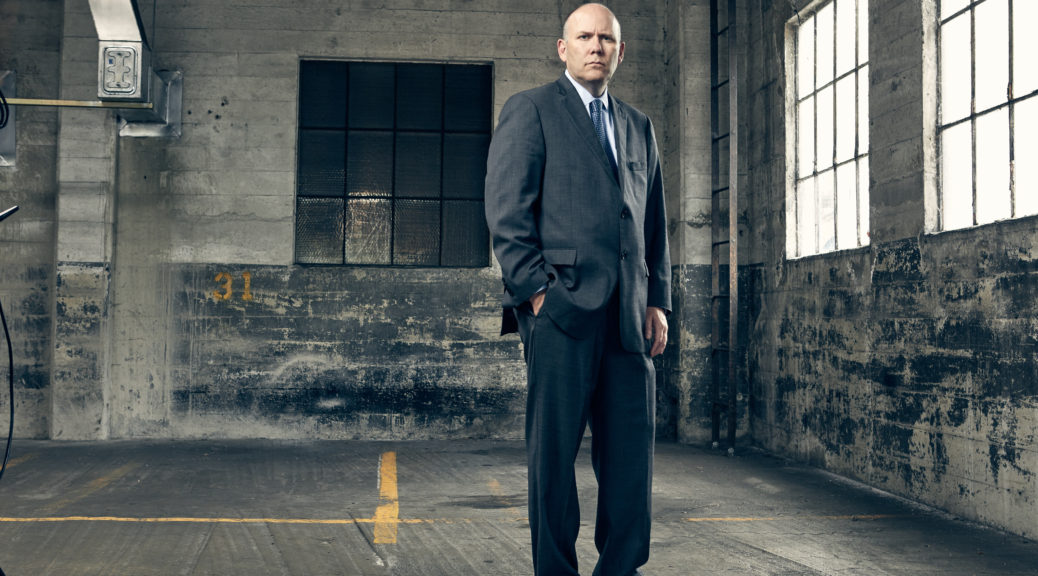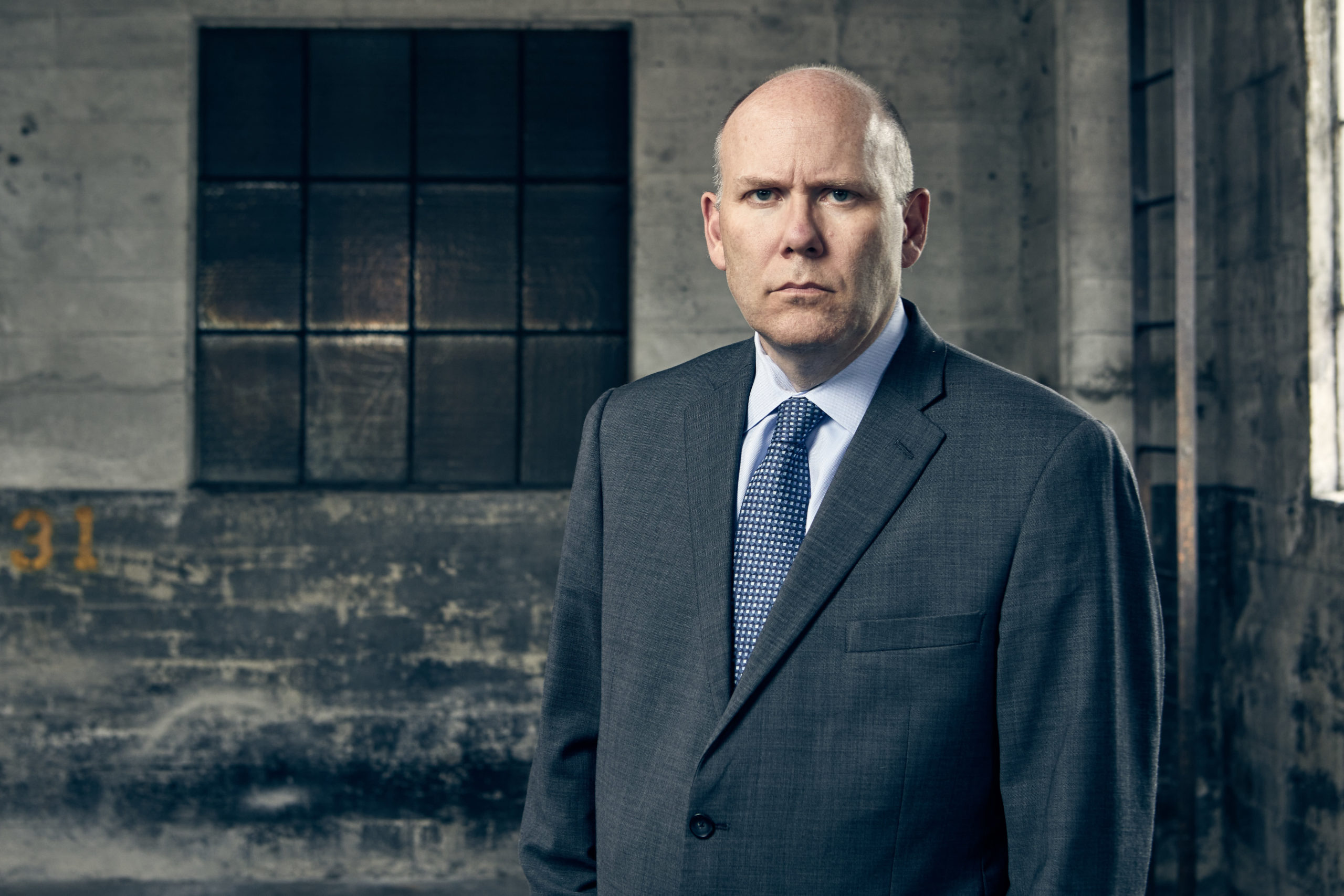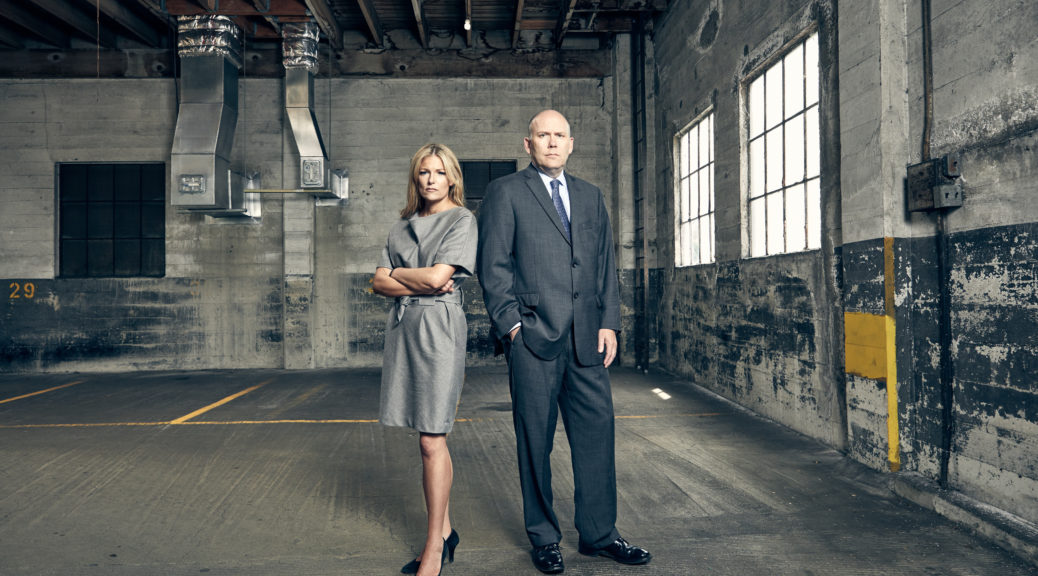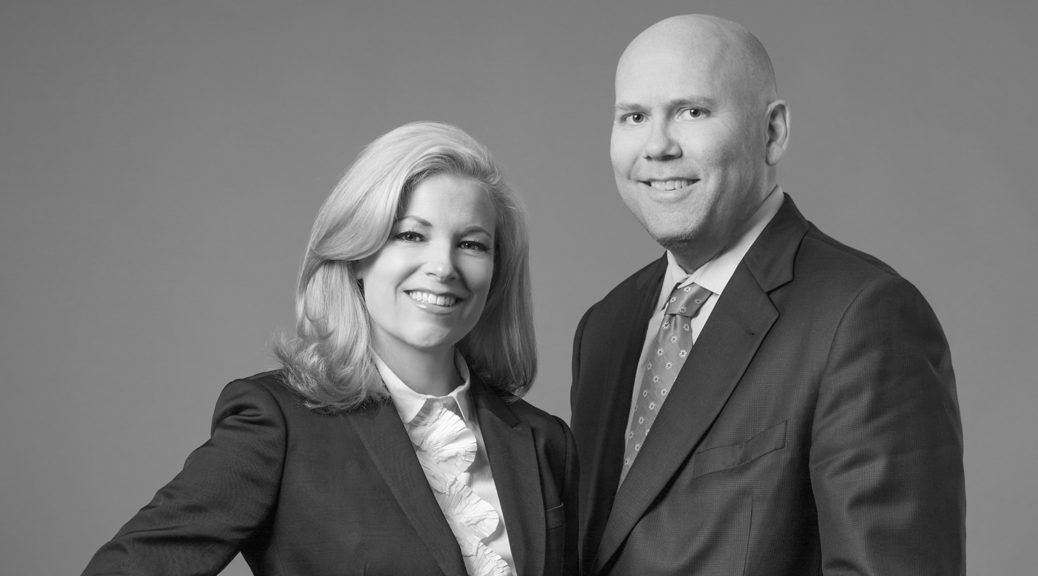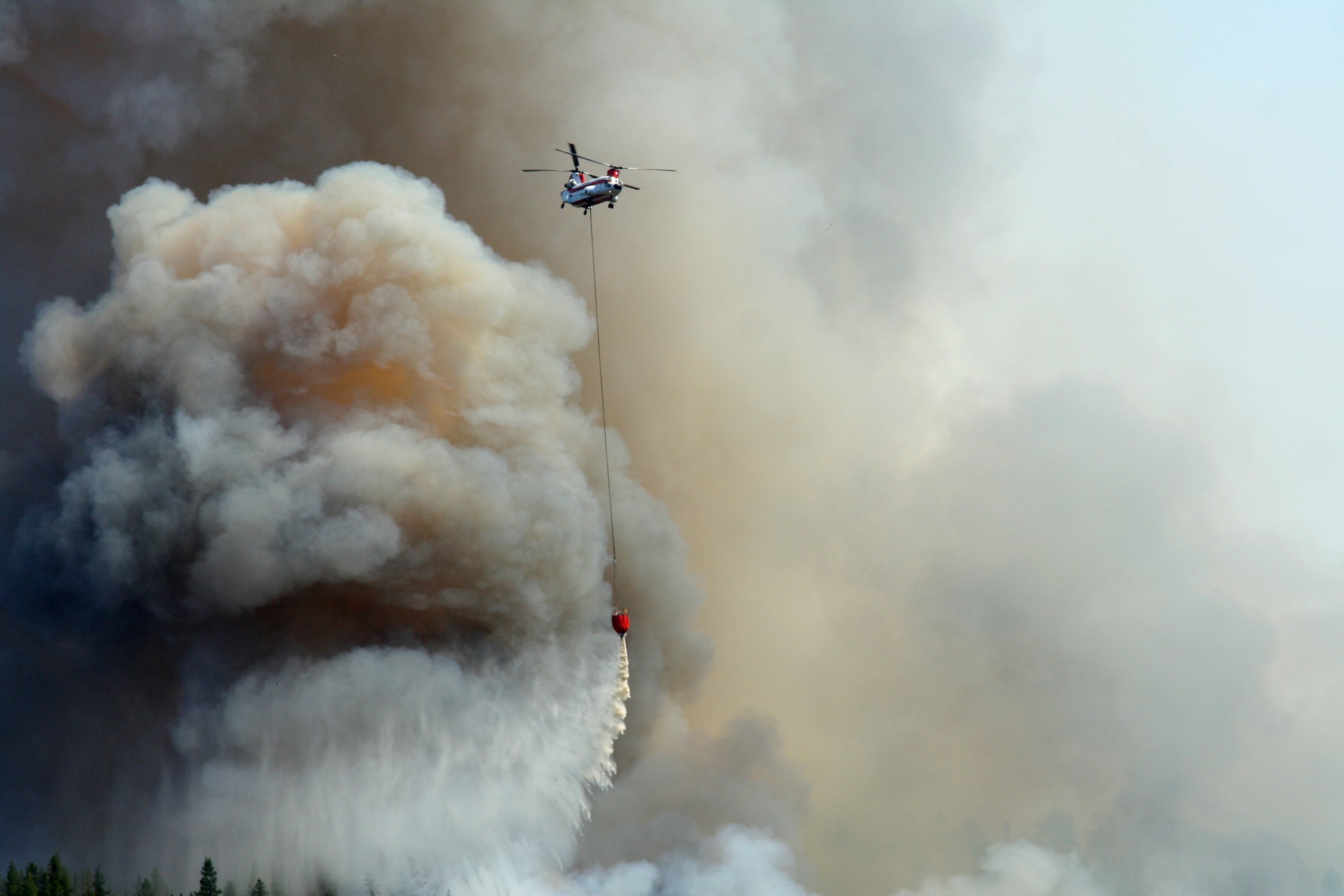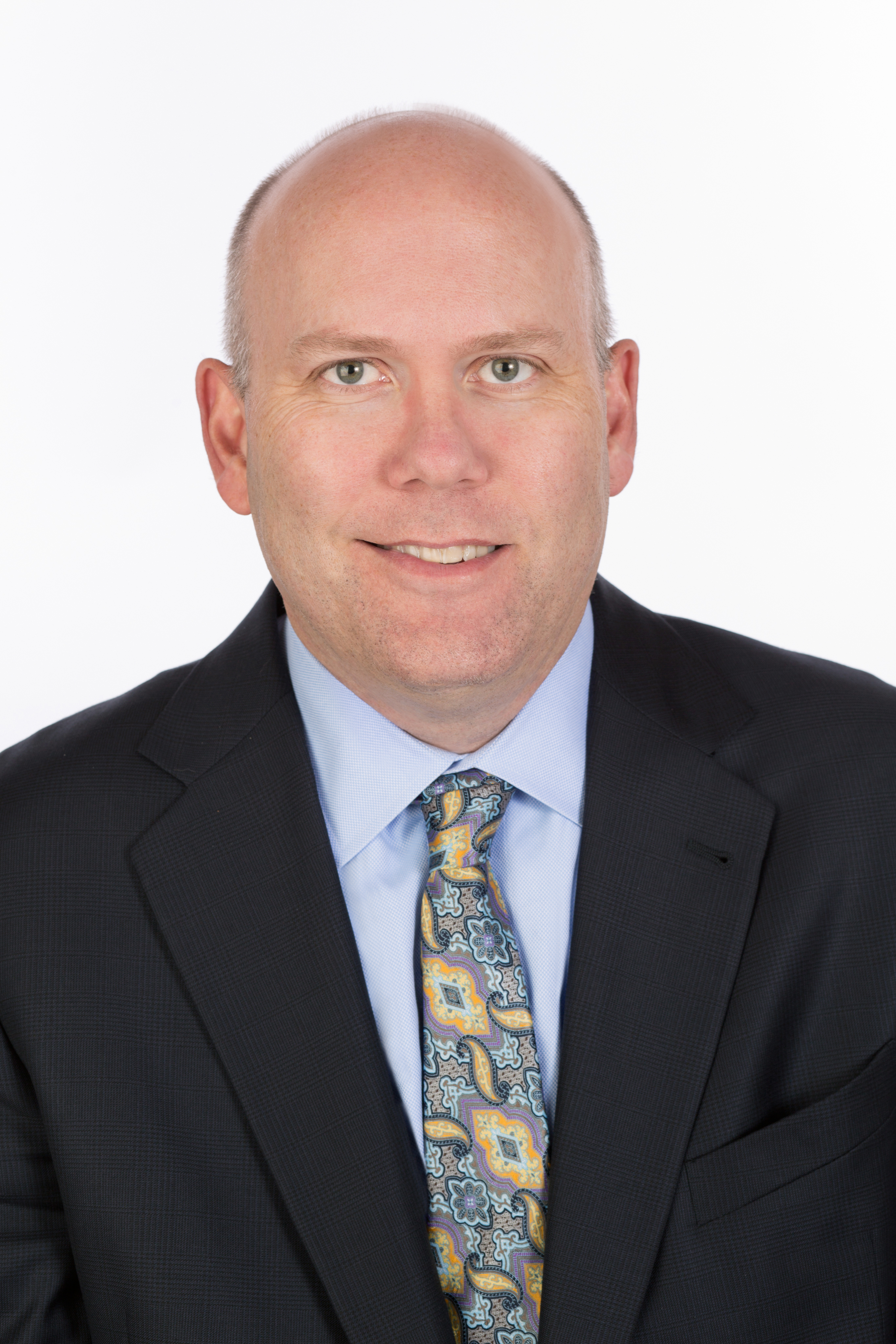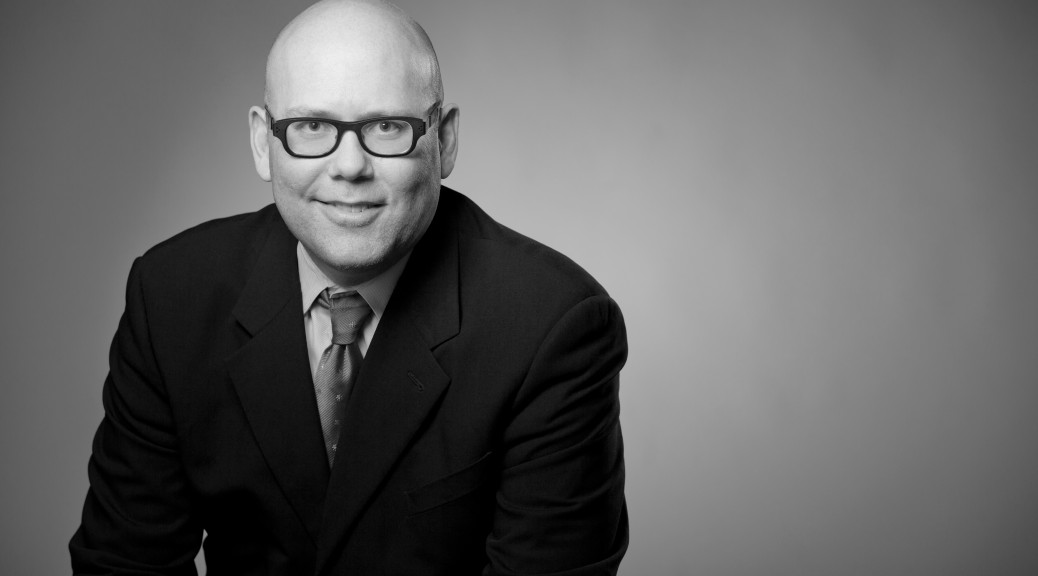The Claims are Paid, Now What? Subrogation!
by Scott Brooksby
“Sir, it is wrong to stir up law-suits; but when once it is certain that a law-suit is to go on, there is nothing wrong in a lawyer’s endeavoring that he shall have the benefit, rather than another.” –Samuel Johnson
Introduction
Subrogation is defined for present purposes as the substitution of one person in the place of another with respect to a lawful claim or right. Subrogation is the right that every insurance company reserves in all insurance policies to recover losses from a third-party who contributed to or caused the loss. It is one of the oldest concepts in jurisprudence. However, the doctrine is not well understood, even by lawyers and judges who may not deal with subrogation issues on a regular basis.
Webster’s defines subrogation as:
The assumption by a third party (such as a second creditor or an insurance company) of another’s legal right to collect a debt or damages
https://www.merriam-webster.com/dictionary/subrogation
Subrogation in the aviation context has important implications for insurers and insureds. When markets are rising, most carriers make money on their investments. When markets are down, and especially when they crash, as they did in 2008 and 2009, carriers may lose money, in part because margins are somewhat limited by market performance. However, subrogation claims, when carefully evaluated and handled, provide carriers a right to recover dollars that may be easier to collect than premium dollars. Successful collection on subrogation claims may have significant impact on insurer financial performance. Insureds also benefit from effective subrogation claims because ever-increasing deductibles can be recovered and result in better loss history and lower rates.
Brief Historical Overview: Roman Origins
Subrogation, as a legal concept, dates back to Roman times. Under the reign of Emperor Hadrian (AD 117-AD 138) Roman law began to shape the building blocks of subrogation. The relation of suretyship could be created by stipulation. Gary L. Wickert, The Societal Benefits of Subrogation https://www.mwl-law.com/defending-subrogation/. For broad historical perspective, see Saul Litvinoff, Subrogation, 50 La. L. Rev. (1990) http://digitalcommons.law.lsu.edu/cgi/viewcontent.cgi?article=5249&context=lalrev.
Although modern subrogation may have had its roots in Roman suretyship, scholars have generally noted that the Roman law required a more positive act to transfer rights before subrogation could occur. Therefore, many have raised the possibility that the modern doctrine arose somewhat independently of Roman and French antecedents as a purely English theory that seems to have had its origins in the courts of Equity. M.L. Marasinghe, An Historical Introduction to the Doctrine of Subrogation: The Early History of the Doctrine I, 10 Val U.L. Rev. 45 (1975).
Commenting on Roman equity, one scholar expressed a view that subrogation was unknown to the Romans in the context in which it appears in the common law today. In Roman law, “subrogate” was a well-known term of constitutional law, providing for the replacement of one official by another or replacing one official’s actions with another’s action. Id., at 46, citing W.W. Buckland, Equity in Roman Law, 47-54 (1911).
Of subrogation, Buckland further reasoned that
“The corresponding right in English law, at least in case of a surety, amounts to actual subrogation, and is declared to be based on natural justice, no attempt being made to deduce it from any defined principle.” Id., citing Buckland at 54.
Therefore, under English common law, no express transference of rights has been required. Marasinghe, supra, at 46.
Brief History: Anglo-American Subrogation
“I do think that Magna Carta and international law are worth paying some attention to”
–Noam Chomsky
Despite its ancient roots, modern subrogation is a distinct concept, bearing little resemblance to the Roman version. It appears that the concept of subrogation was formally incorporated into the English common law in the Magna Carta, which provides:
Neither We nor Our bailiffs shall seize any land or rent for any debt so long as the debtor’s chattels are sufficient to discharge the same; nor shall the debtor’s sureties be distrained so long as the debtor is able to pay the debt. If the debtor fails to pay, not having the means to pay, then the sureties shall answer the debt, and, if they desire, they shall hold the debtor’s lands and rents until they have received satisfaction of the debt which they have paid for him, unless the debtor can show that he has discharged his obligation to them. A.E. Dick Howard, Magna Carta, Text & Commentary 39 (rev. ed. 1998).
Although a complete historical analysis is far beyond the scope of this paper, the English judges linked subrogation to the equitable principle of contribution. Id., citing Pothier, Treatise on Obligation 259 (3d Amer. Ed. 1853). By 1782 the common law courts had recognized the doctrine of subrogation and were using it “as if it had always been part of the common law of England.” Marasinghe, at 49. In Mason v Sainsbury, 3 Doug. 61, 64, 99 Eng. Rep. 525 (1782), Lord Chief Justice Mansfield stated: “Every day, the insurer is put in the place of the insured. The insurer uses the name of the insured.” Id.
However, subrogation in the modern Anglo-American context has different meanings in different contexts. Modern subrogation can be generally categorized into three types:
Contractual subrogation, which is based on the contract between the parties such as subrogation language in an insurance policy. This is sometimes called “conventional subrogation”.
Equitable subrogation, sometimes called “legal subrogation,” is a product of equity. Equitable subrogation is not dependent on the existence of any contract assignment or privity. It arises by operation of law out of the fairness doctrine.
Statutory subrogation is a mechanism that gives a carrier a right to recover certain benefits. Statutory subrogation may arise in areas such as workers compensation, hospital liens, and Medicare among other things.
Subrogation Waivers
A typical subrogation clause in an aviation insurance contract may read: “If we pay a claim under your policy, we will take over your right to recover that amount from any other person or organization. You agree to cooperate with us and not to do anything that will interfere with our chances of recovery.”
The aviation industry is contract-intensive. Aviation-related contracts very often contain subrogation waivers in which each of the parties to the contract agrees to maintain its own insurance and also agrees to waive subrogation rights that may otherwise exist or arise with respect to insured losses. Waivers of subrogation most often apply to hull claims, but may sometimes be requested in product liability, airplane, airport, and hangar leases and pilot training.
A representative sample of a contractual subrogation waiver typically reads as follows:
“To the extent that any loss of any kind is covered or paid by any insurer, the contracting parties hereby waive subrogation or contribution rights against each other and their respective officers, agents and employees, and the contracting parties shall notify their respective insurers of this waiver of subrogation agreement and shall cause this waiver of subrogation agreement to be included in the insurance policies secured by each of the contracting parties.
A waiver of subrogation will result in the insurance carrier waiving the right to recover amounts paid under the policy from the person or entity that caused the loss. For example, a regional operator may contract with an FBO for pilot service. Before a flight, the FBO requires execution of a subrogation waiver against the FBO related to the pilot service. Assume further that the insurance company agrees to the waiver. On the flight, the pilot fails to lower the landing gear, causing significant damage. Without the waiver, the insurance company would have paid to repair the loss and then pursued a subrogation claim against the FBO’s insurance.
As a practical matter, failure to provide a requested waiver may result in a failure to obtain the desired contract. However, before executing a waiver, insureds should recognize that there are significant downsides:
- The insured could void the policy if the waiver is provided without receiving approval and endorsement from the insurer.
- Losses that could have been subrogated may be fully charged against the policy loss record.
- There may be a premium charge involved in providing the waiver.
The validity of waivers in aviation contracts has long been recognized. In Continental Manufacturing Corp. v. Underwriters at Lloyd’s of London, 185 Cal. App. 2d 545 (1960), the court held that an aviation insurer was not obligated to make a hull loss payment to its insured. The insured had executed an earlier lease agreement that had released the party responsible, and therefore improperly defeated the insurer’s right of subrogation.
Aircraft Financing and Subrogation Waivers
Aircraft financiers typically require a waiver of subrogation to protect themselves from any action by the airline’s insurers who, at common law, are subrogated to all rights which the insured may have against third-parties, including financiers. Rod D. Margo, Aspects of Insurance in Aviation Finance, 62 J. Air L. & Com. 423, 455 (1996). http://scholar.smu.edu/cgi/viewcontent.cgi?article=1428&context=jalc
Under English law, a waiver of subrogation clause cannot be relied on by a person who is not a party to the insurance contract. Id., at 456, citing National Oilwell (U.K.) Ltd. v Davy Offhsore Ltd., (1993) 2 Lloyd’s rep. 582, 602-04 (Eng. Q.B.); Enimont Supply SA v. Chesapeake Shipping Inc. (the “Surf City”), (1995) 2 Lloyd’s Rep. 242 (Eng. Q.B.). Therefore, unless the financier has also been endorsed as an additional insured under the airline’s policy, a waiver of subrogation will likely be unenforceable for lack of privity of contract.
A waiver of subrogation is probably unnecessary where the financier is endorsed as an additional insured under the airline’s policy because the policies make it clear that an insurer cannot exercise any such rights of subrogation against their own insureds. Margo, supra, at 456.
Subrogation and the Non-Owner Pilot
Whether it is the owner or a lessor, some broad form of all-loss insurance is generally carried by the party that has the care, custody and control of the aircraft, and is responsible for maintaining the airworthiness of the aircraft and has dispatch authority. A non-owner pilot is the pilot named under the policy other than the owner, a pilot using the aircraft under the open pilot warranty or “permissive pilot” provision ,or a renter.
The insurance contract is an agreement between the insurer and the purchaser of the policy. Unless the pilot is an employee of the owner, he may be subject to a subrogation action. For this reason, as discussed above, many contract pilots and pilot service companies usually demand that the aircraft owner or named insured provide the contract pilot with a waiver of subrogation and status as an “additional insured” under the policy.
The Importance of Spoliation Considerations in Aviation Subrogation
Complex issues arise when the insurer elects to undertake a spoliation investigation. For example, physical evidence which may be critical to insured and uninsured losses may need to be collectively preserved. It may not even be clear which components or evidence in a subrogation claim relate to insured and uninsured losses for some time. At the outset, it is necessary to determine who is responsible for preservation of any relevant evidence. In most subrogation cases the plaintiff must preserve the evidence, but in aviation cases that responsibility generally falls to a potential defendant.
In aviation cases, preservation of evidence in subrogation cases is more complicated because the NTSB has complete authority to assume custody of evidence relevant to its investigation. . Pursuant to 49 U.S.C. § 1901 et. seq., the NTSB also has the ability to limit party participation status. See 49 C.F.R. § 831.11(a)(1).
Since the regulations also exclude persons who represent claimants or insurers from party status under 49 C.F.R. 831.11(a)(3), the NTSB and potential defendants typically have control of the investigation and the evidence during the important period between the time of the accident and the time the evidence is released to the owing party, often the hull insurer. The NTSB also prohibits lawyers or insurers or anyone whose role is the pursuit or defense of claims from participating in the process.
If the NTSB destroys, loses or otherwise is responsible for spoliation of the evidence, a lawsuit against the NTSB is precluded by the discretionary function exception to the Federal Tort Claims Act. See Black Hills Aviation Inc. v. United States, 34 F.3d 968, 976 (10th Cir. 1994).
The potential defendant manufacturers or other party participants to an NTSB accident investigation do not share the same protections or immunities. In Lowe v. TDU Industries, Inc., 2005 WL 1983750 (Cal. App 2d Dist. Aug. 18, 2005), an engine manufacturer lost the engine cylinders. The court ruled that the plaintiff was entitled to an inference instruction that the cylinders would have supported plaintiff’s theory. California, in particular, has created affirmative liability for spoliation of evidence. See, e.g., Johnson v. United Services Automobile Association, 79 Cal. Rptr. 2d 234 (1998).
The Made Whole Doctrine
Among the many subrogation doctrines which is not well understood, and which takes many different state-specific forms, is the made whole doctrine. A complete discussion of the made whole doctrine is far beyond the scope of this article.
Because subrogation may lead to adverse consequences for insureds, the common law developed the made whole doctrine which limits the use of subrogation before an insured party receives full compensation for damages. As one scholar notes, the made whole doctrine is the “principal weapon used by contemporary courts to curb the harsh effect of contractual subrogation on the rights of the insured.” Parker, Johnny C., The Made Whole Doctrine: Unraveling the Enigma Wrapped in the Mystery of Insurance Subrogation. Missouri Law Review, Vol. 70, 723, 723-775 (October, 2005) http://law.missouri.edu/lawreview/files/2012/11/Parker.pdf.
As originally developed, the made whole doctrine applied to subrogation, whether legal or conventional. Therefore, even where the insurer had paid all of the policy proceeds and included an expressed subrogation provision in the policy, the right to subrogation was stayed until the insured received complete compensation. Id., at 773.
However, many states have adopted a modified application of the made whole doctrine and have concluded that since the doctrine is of equitable origins and conventional subrogation is grounded upon a legal contract, the parties are free to agree that the rule does not apply. At least 14 jurisdictions have adopted a view that parties are free to agree that the made whole rule is inapplicable. Id.
The Anti-Subrogation Doctrine
Simply defined, the anti-subrogation doctrine provides that subrogation rights exist only as to third-parties. The doctrine is a defense which provides that since the insurance company is standing in the shoes of its insured, it cannot sue its own insured, in whose shoes it stands. The doctrine also prevents an insurer from pursuing a subrogation action against a third-party who qualifies as an additional insured. The rule implicates public policy considerations, including the prevention of suits by insurers against insureds to recover for the very losses for which they have paid for coverage in the form of premiums and the avoidance of conflicts of interest.
Aviation insurance is a specialty line of coverage, often involving very large risks and more complex underwriting issues than most types of insurance. As a result, there are fewer aviation insurers, and the anti-subrogation doctrine may come into play more often.
If the potential defendant in a subrogation action is an insured or an additional insured on the same policy of insurance, a carrier paying a property damage claim cannot subrogate against an insured or additional insured on the same policy.
If the potential target of a subrogation action and the party sustaining the loss are both insured under different policies with the same insurer, there is a split of authority.
If a plaintiff property insurance carrier and a separate liability insurance carrier have both provided policies of insurance to the defendant, the anti-subrogation rule generally does not apply and subrogation is generally permitted if the companies are both members of the same family or group of companies.
Warranty Limitations That May Affect Subrogation Claims
Few lawyers enjoy working through situations that require analysis of the application of the economic loss rule. Although a complete discussion of the rule is far beyond the scope of this paper, it can be defined simply as the prohibition of the recovery of damages under tort theories such as negligence or strict liability when a product defect results in only economic loss, but does not cause personal injury or damage to any other property other than the product. For a detailed explanation of the economic loss rule see Jamie Mayrose, “A “Simple” Explanation of the Economic Loss Rule”, Under Construction, Vol. 17, No. 3, Winter, 2016. https://www.americanbar.org/publications/under_construction/2016/winter2016/economic_loss_rule.html
In its application, the economic loss rule precludes contracting parties from asserting tort causes of action as a means to recover economic or commercial losses arising out of a contract, and precludes a purchaser of a product from recovering from a manufacturer on a tort theory for damages that are solely economic.
The economic loss doctrine has implications in the context of aviation subrogation. In general, the economic loss doctrine applies to bar recovery if an allegedly defective part is part of the original bargain when an aircraft was purchased. However, if the replacement part is not part of the original sale, the economic loss rule does not bar tort claims. This is important in the context of aviation where contractual defenses such as warranty disclaimers and limitations of liability may severely restrict the ability to recover under contract theories.
The following warranty limitation is representative of the type of clause typically contained in many types of aviation-related contracts such as overhaul facilities:
Limited Warranty for Services and Components: _________ warrants that the services performed hereunder will comply with applicable FAA regulations in effect as of the date the work is performed (as interpreted by the FAA office having jurisdiction over the facility at which the work is performed) and will be free from defects in workmanship and material, including new components manufactured by ________, under normal use for one (1) year and for ninety (90) days on used components refurbished by ________ from date of installation. The warranty on all other new and used components shall be limited to the warranty provided by the supplying manufacturer or vendor, if any. This warranty does not apply to (i) normal wear and tear, (ii) the consequences of accident, negligence, abuse or misuse, or of repair, removal, reinstallation or alteration other than by ___________ and (iii) to Customer furnished parts or equipment or to work which, at Customers direction, was not performed in accordance with ____________ standard operating procedures. The sole and exclusive remedy of Customer, and ___________ sole and exclusive liability, with respect to this warranty is limited to repair or replacement (at _____________ option) of the nonconforming or defective work or component. Such repair or replacement shall be performed at a ___________ facility and Customer shall be responsible for transportation costs. THE FOREGOING WARRANTY IS IN LIEU OF, AND THE CUSTOMER HEREBY WAIVES, ALL OTHER WARRANTIES, EXPRESS OR IMPLIED, INCLUDING, WITHOUT LIMITATION, IMPLIED WARRANTIES OF MERCHANTABILITY OR FITNESS FOR A PARTICULAR USE.
Limitation of Liability: In no event shall ___________ be liable for any special, incidental, consequential and/or punitive damages, including, without limitation, loss of profits, loss of goodwill, loss of use, loss of time, diminution of value, or inconvenience, even if informed of the possibility of such damages. In the event _________ physically damages Customer’s property, Customer’s sole and exclusive remedy, and ____________ sole and exclusive liability, is limited to the repair or replacement (at ______________ option) of the damaged portion of the property.
As the representative limited warranty and limitations of liability provisions above make clear, pursuit of subrogation claims for the full award of damages which would be recoverable in the absence of such limitation provisions becomes much more questionable.
Conclusion
In addition to many other important subrogation principles, subrogation in the aviation context requires particularly careful economic evaluation, and budgeting. Both pursuing and defending aviation subrogation cases in an economically rational manner requires careful adherence to litigation budgets.
The economics of aviation subrogation and the efficient pursuit of the intended economic offset or recovery, or the successful defense of a subrogation claim both require careful assessment of the potential recovery, the technical issues associated with proving causation, the impact of NTSB investigations and the other logistics of the potential claim, such as location of the wreckage, discovery, and witnesses.
In addition, the economics which may drive whether or not to pursue or defend a subrogation claim in the aviation context will be influenced by factors such as subrogation waivers, aircraft financing contracts, the made whole doctrine, complex conflict and ethical issues, and even the variations on policies covering pilots.
